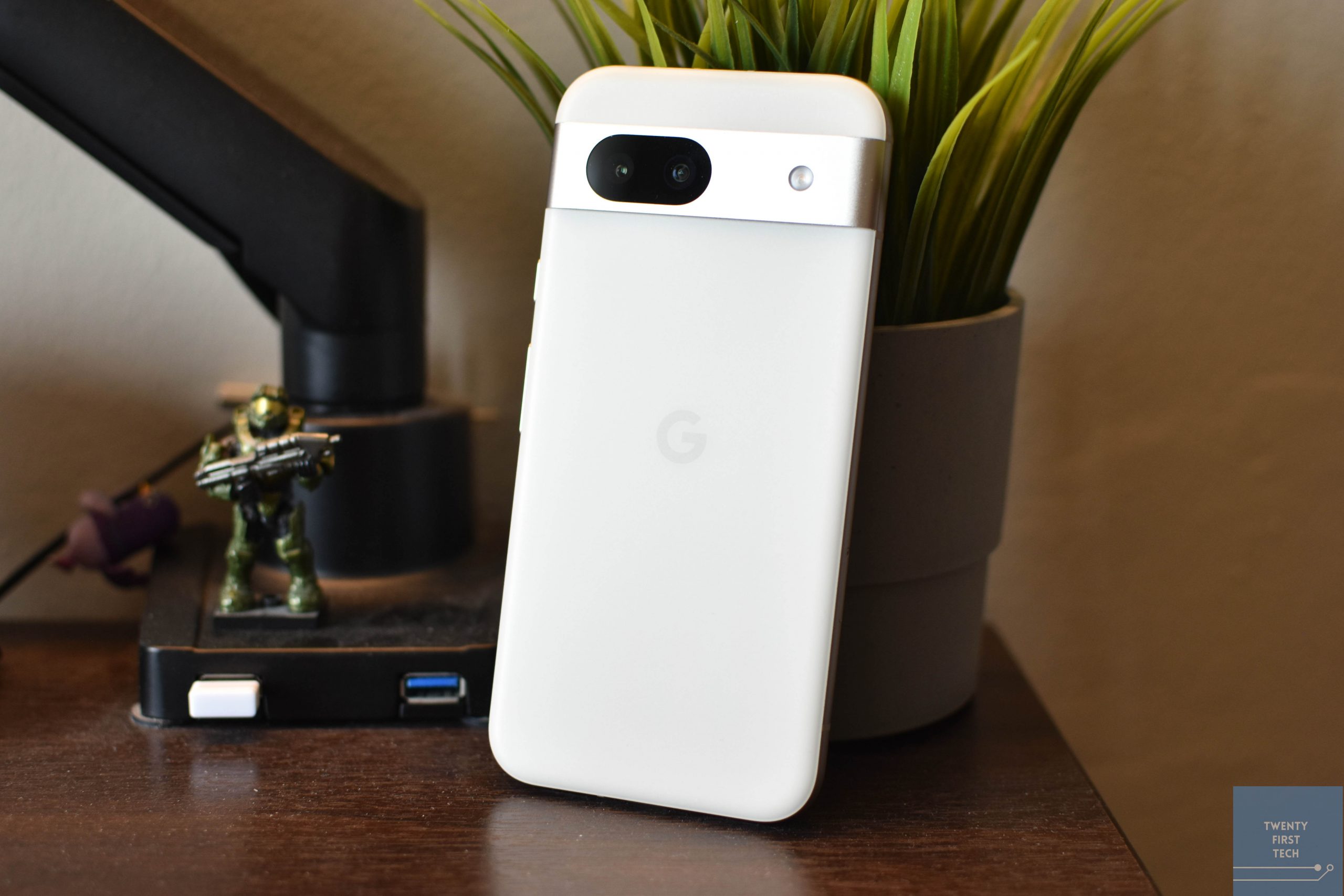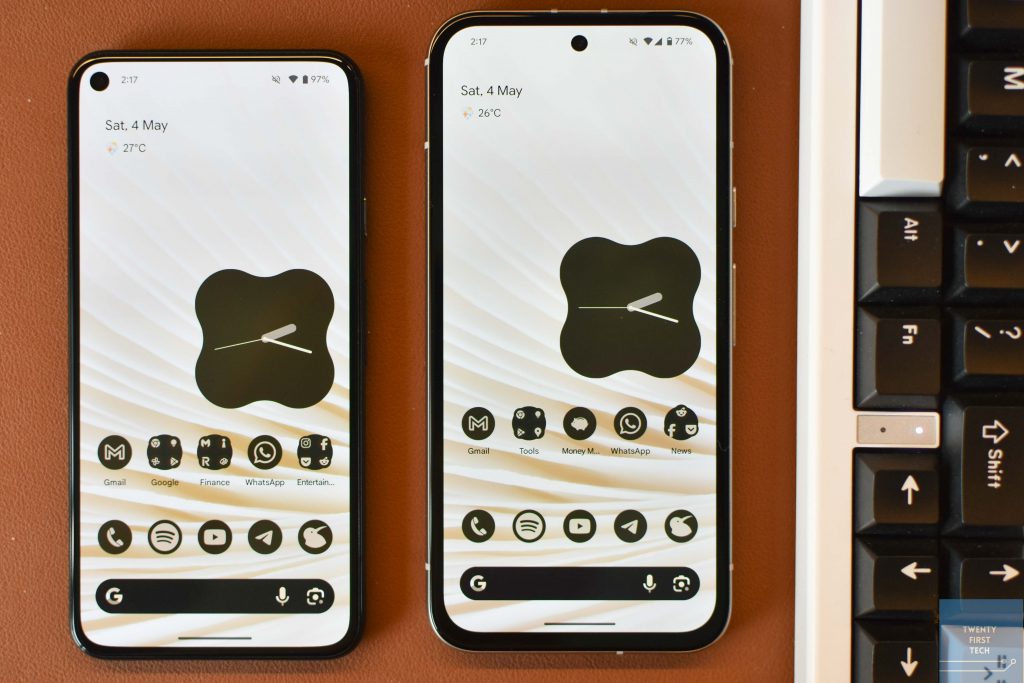The Pixel A series are the cheapest phones that Google offers. And they come with a simple formula – take the mainline phone that launched 7 months ago, put cheaper cameras in a cheaper body, and sell it for ~$200 less.
With this year’s Pixel 8a, the formula remains unchanged, for better or for worse.
Key Comparisons
Compared to the Pixel 8, the Pixel 8a:
- Has a slightly smaller display (6.1″ vs 6.2″, but both are 120Hz OLED going up to 1400 nits and 2000 nits peak)
- Has older Gorilla Glass 3 on the front (vs Gorilla Glass Victus)
- Has a plastic back (vs Gorilla Glass Victus)
- Is slightly wider and taller (by ~2mm each, but basically the same weight of 188g and 187g)
- Has a slightly smaller battery (4492mAh vs 4575mAh)
- Has slower wired charging (18W vs 27W) and wireless charging (7.5W vs 18W)
- Has cheaper camera sensors for all 3 cameras (main, ultrawide, and selfie)
- Has slightly lower water resistance (IP67 vs IP68)
- Is cheaper (S$799 vs S$1,099)
But notably, it has the same Tensor G3 processor, 8GB RAM, and 7 years of OS and security updates.
Compared to last year’s Pixel 7a, the Pixel 8a:
- Has a brighter display with higher refresh rate (120Hz vs 90Hz)
- Is slightly lighter (188g vs 193.5g)
- Has a newer chip (Tensor G3 vs G2)
- Has a new 256GB variant going for S$899 (Pixel 7a was limited to a single 128GB variant)
- Has a slightly bigger battery (4492mAh vs 4385mAh)
- Has 7 years of OS and security updates (vs 3 years OS and 5 years security updates)
- Has a higher launch price in Singapore (S$799 vs S$749)
Notably, all 3 camera sensors (main, ultrawide, selfie) appear unchanged from the Pixel 7a, and both wired and wireless charging speeds are unchanged.
If you’re at all familiar with the Pixel 8 and/or Pixel 7a, you’re probably already doing a value judgement in your head (skip to the Conclusion where I do the same). But for everyone else, I’ll go through what I liked and didn’t like about the Pixel 8a.
What I liked
Design & Build
I generally enjoyed the design of the Pixel 8a.
I like how its corners are more rounded than most other smartphones, which I find makes the Pixel 8a seem more playful and friendly. I like the matte “composite” back which mimics the look and feel of frosted glass, and doesn’t get smudged or grimy from fingerprints. I like how its camera visor protrudes significantly less than the one on the Pixel 8.
In general, the Pixel 8a feels solid, premium, and well built. This is despite Google cutting some corners in the materials – the front glass is the years-old Gorilla Glass 3, and the back is plastic. The camera visor is also a separate piece rather than seamless with the aluminium frame like on the Pixel 8. But these are so minor that you shouldn’t feel like you opted for the “cheap” phone of the family.
It’s not perfect. I still find the phone a tad too heavy. The matte back is great to look at and touch, but it’s also really slippery. And the bezels on here are larger than most. But these are somewhat minor complaints.
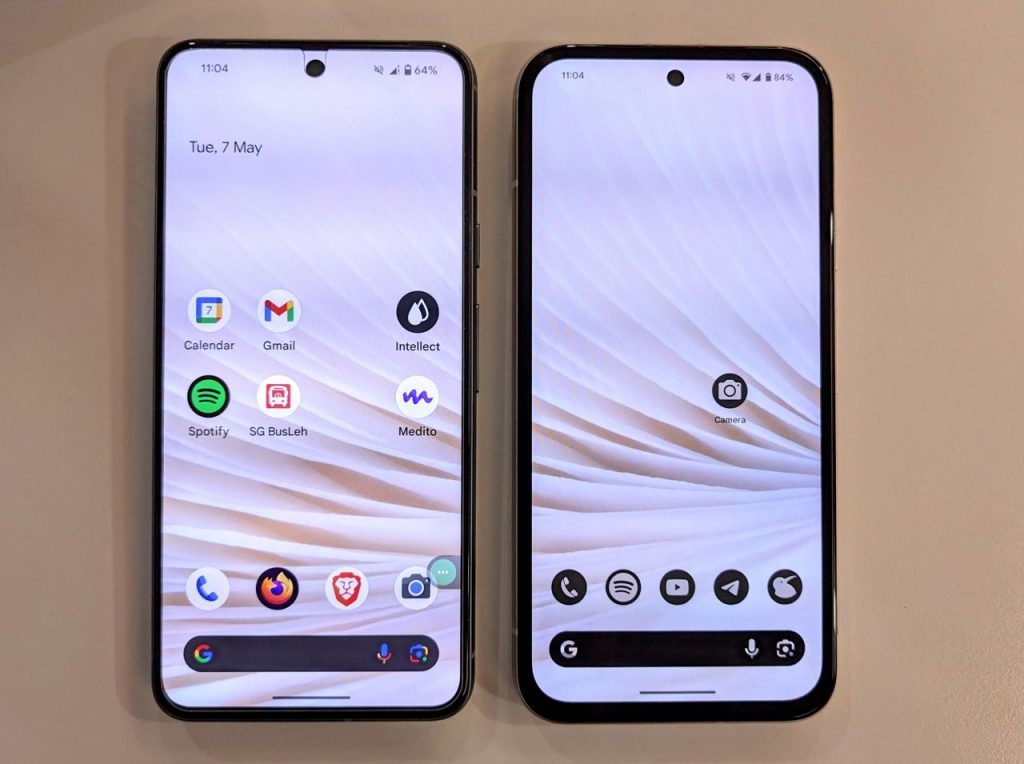
Cameras
While the camera hardware hasn’t been upgraded from the Pixel 7a, honestly it doesn’t need to be. The Pixel 7a won MKBHD’s blind smartphone camera test last year by popular vote.
From my testing, photos on the Pixel 8a were excellent. In daylight, the Pixel 8a had great dynamic range, contrast, and colours. In low light, Night Mode kicks in to boost brightness of the image and reduce noise.
I was once again surprised at the quality of the Pixel’s 8x digital “super res” zoom. I was seated at the back of a theatre but was able to get decent photos of the performers; the images were a little soft but definitely fine for sharing on social media. Of course, if you want proper zoom performance, you need to opt for the Pixel 8 Pro. Check out my Pixel 8 vs Pixel 8 Pro camera comparison for camera samples and a more in depth analysis on the telephoto camera.
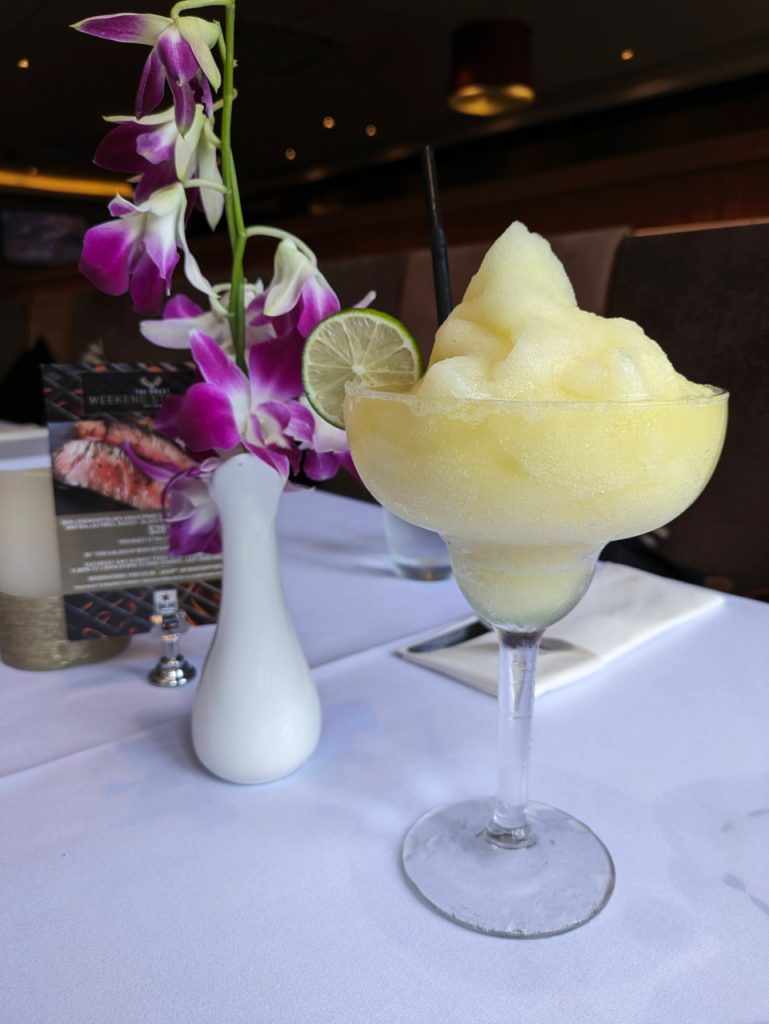
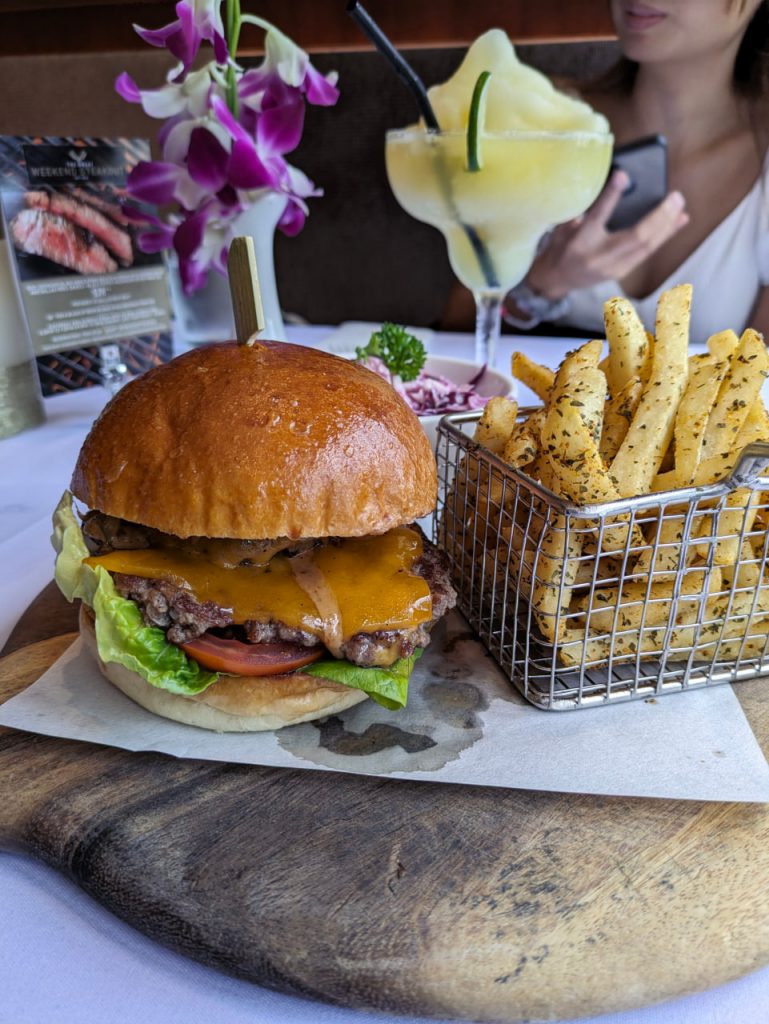
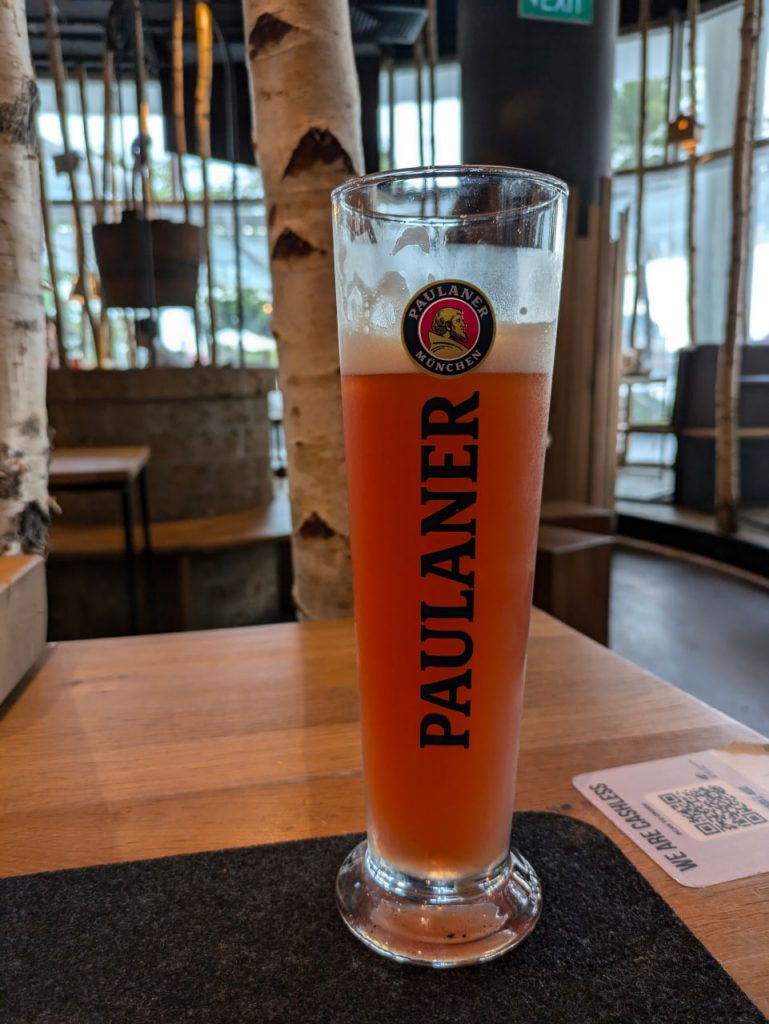
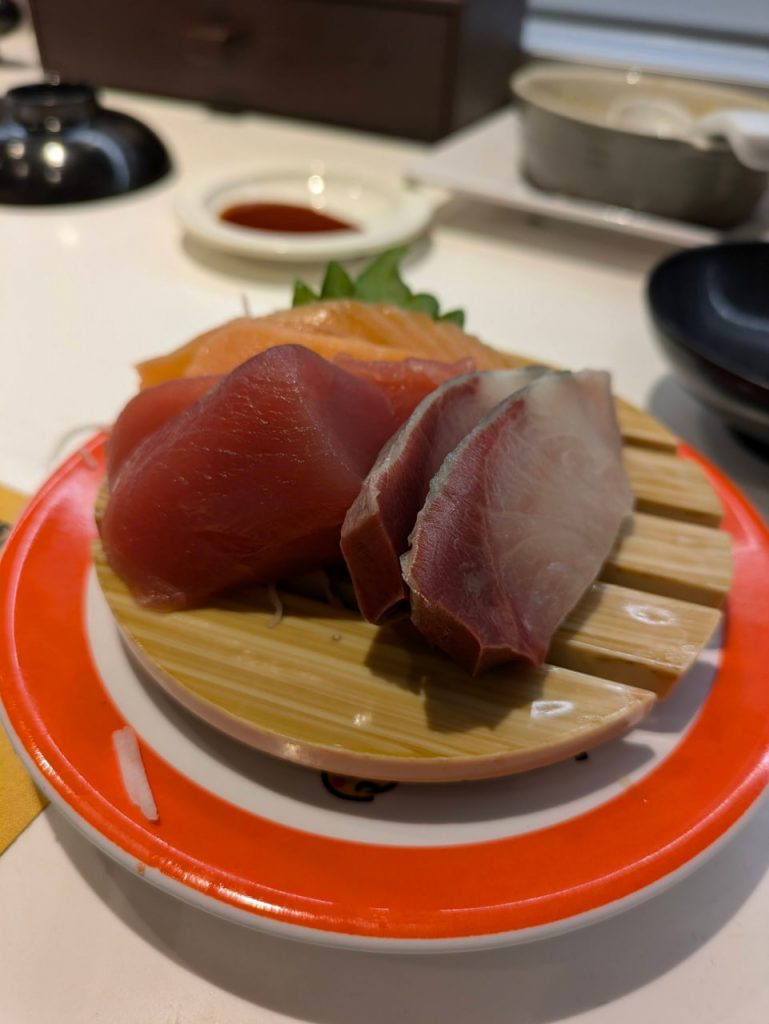


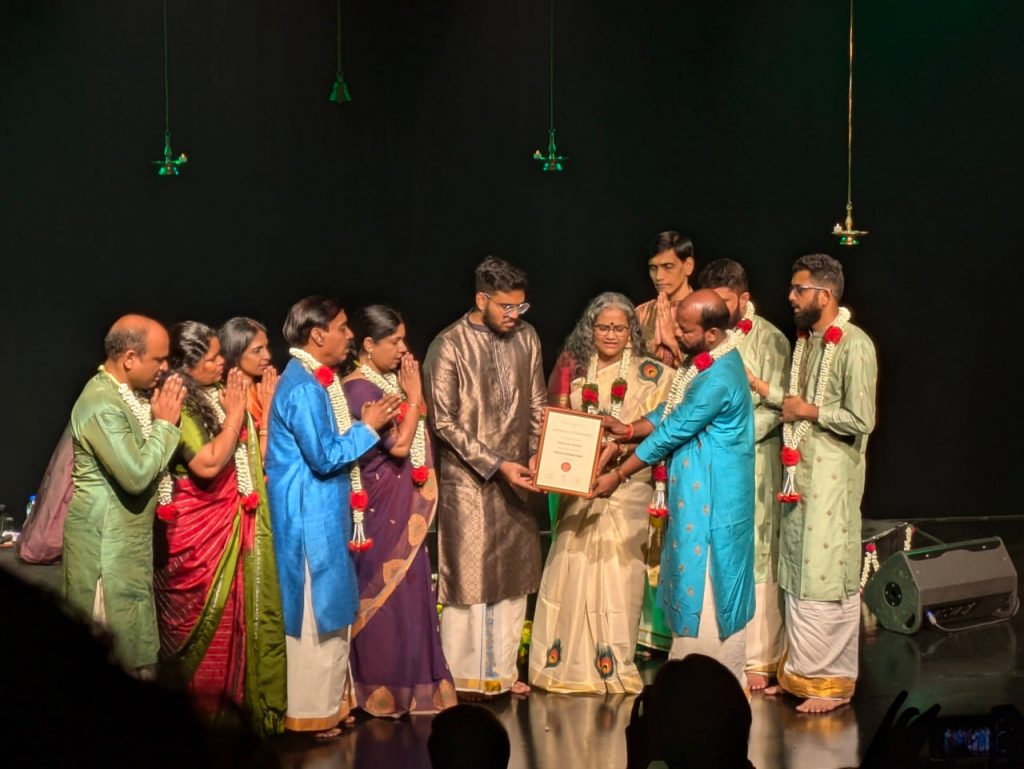
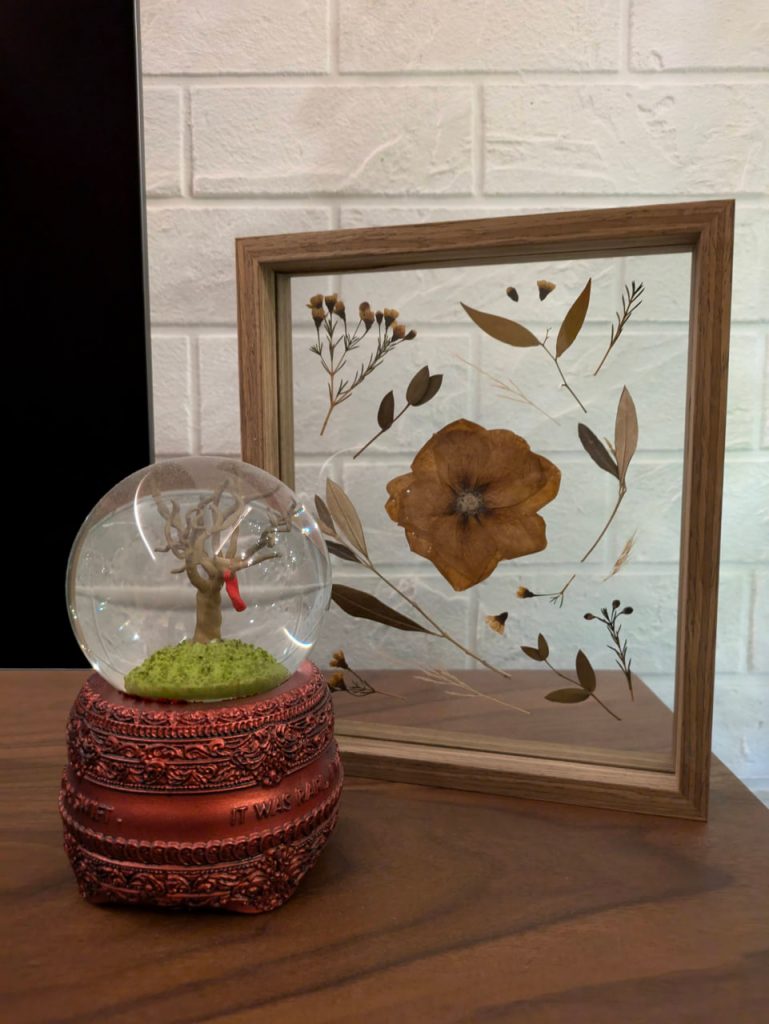
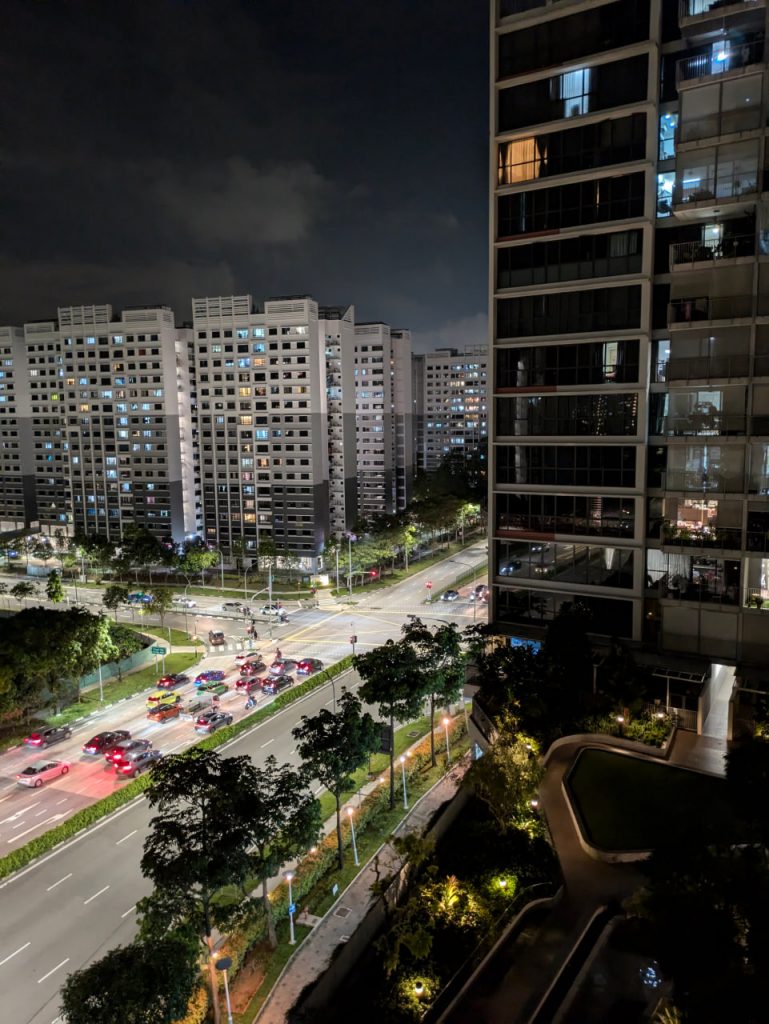
Compared to my (admittedly ageing) Pixel 5, dynamic range is noticeably better, there’s more natural bokeh thanks to the larger sensor, Night Mode takes way less time to capture a shot, and digitally zoomed images have much more detail and less noise.
In terms of software, Google also offers the same AI camera features as the more expensive Pixel 8, such as Best Take, Magic Editor, Magic Eraser, and Photo Unblur. Features that I personally don’t use often, but work well and are nice-to-haves.

My only issue with the camera was I noticed that white balance was off on a couple of shots that I took – the photos turned out a lot cooler than the actual scene. I don’t recall experiencing this on the Pixel 7a, so I hope that it’s something that Google will fix in a patch.
Everything Else You Might Take for Granted
The Pixel 8a gets the basics right. Things that you don’t actively think about, but you’ll notice if they’re missing. These include but are not limited to:
- Excellent haptics
- Loud, balanced stereo speakers
- Nice clicky buttons
- A responsive and accurate auto brightness
- Quick under-display fingerprint unlock, which you’ll hardly use because of the even quicker face unlock (which works for most authentications)
- Clean software with nice software features (Now Playing, Circle to Search, Gemini Nano)
- Above average battery life (2-3hrs of SOT gives me 50% battery at the end of the day, while 4-5h SOT gives me 30%)
- And of course, 7 years of OS and security updates
What I Didn’t Quite Like
Honestly I probably backed myself into a corner by choosing this format to write the review in – there’s hardly anything for me to write in this section.
Last year, I complained about the Pixel 7a being too heavy and the battery life being painfully average. But this year they’ve gone and improved the battery life! So now all I have left to gripe about is the build, which just makes me look downright petty.
Yes, even though it’s a little lighter than the Pixel 7a, I sometimes still find it a tad too heavy, especially when I’m lying in bed. I don’t like the thick bezels. And I don’t like how slippery the back is. But everything else about the build is so good that I find myself looking past these shortcomings more so than in previous years.
There’s the aforementioned occasional issue with camera white balance, but I’m somewhat confident that it will be patched.
I guess there’s also the shortcomings of the Tensor G3 processor – it’s not as fast as Qualcomm’s or Apple’s chips, and sometimes it heats up just from streaming YouTube. But honestly, I don’t use my phone for anything demanding anyway and it’s plenty fast at everything that I do use it for.
Pricing & Conclusion
Pros
- Solid design and build
- Excellent cameras
- Display is now 120Hz and as bright as the Pixel 8
- All the software features you get in the Pixel 8
- Battery life is above average
- Gets the little things right – haptics, auto brightness, face unlock
- 7 years of OS and security updates
Cons
- Still a tad too heavy
- Bezels are larger than most
- Back is slippery
- Tensor G3 performance isn’t the best
I’ve typically gushed over the A series of phones, but I’m honestly still surprised at how positive a review this turned out to be. While I liked the Pixel 8a during my time with it, I didn’t get the same sense of wonder as I did with the Pixel 4a, or the OnePlus 3.
The Pixel 8a is a good phone, and a solid recommendation. It gets almost everything right thanks to it sticking to the winning formula. But maybe that’s why I found it to be a tad boring. There’s nothing exciting to see here. It’s just dependably good, again.
Then there’s the question of price. Google bumped up the price of the 128GB base model this year from S$749 to S$799. If you want the new 256GB variant, that will cost S$899. That seems a bit pricey when you consider that you can easily get last year’s phones at steep discounts. This is where we refer back to the comparisons made at the start of this review.
Just today as I’m writing this, I saw the Pixel 7a going on sale on the official Google Shopee store for S$538, and even less than that (S$474) if you’re willing to buy from import resellers. That’s three hundred dollars less for a pretty minor spec downgrade.
Similarly, the 128GB Pixel 8 is going for S$890 officially, or S$729 from import resellers. That’s even cheaper than the Pixel 8a, and is thus clearly the better option given its better specs.
And therein lies the problem with recommending Pixels at launch – I know that in a few months, you can probably get the Pixel 8a at something closer to S$600, and then it will be a much better deal. So if you can wait, wait. If you can’t, I’ve already pointed you to two alternatives.
As for excitement, it seems like the Pixel 9 series launching later this year is shaping up to be something promising. Rumours are pointing to a small, 6.1″ Pixel 9 Pro with a telephoto camera launching alongside a larger Pixel 9 Pro XL. A small, light, one-handable Pixel with a telephoto camera? That’s literally my dream phone. Could it be that I’ll finally have what I’ve been dreaming of for so long? One can only hope. But knowing the pricing situation that we just discussed, I’ll probably wait a little longer after launch before I can snag it at a good deal.
As always, when purchasing online, you can potentially get additional cashback on your purchase with ShopBack.
Liked this review? Follow us on Facebook, Twitter or Instagram!


